Dussehra symbolizes the triumph of good over evil. The word 'Dussehra' is derived from the words 'dus' and 'hara', where 'dus' means ten and 'hara' means annihilated. On this day, Lord Rama slew the demon king of Lanka, Ravana, after a fierce battle. This festival is celebrated on the 10th day of Shardiya Navratri. If you want to know the date of Dussehra this year, check it out. History of Dussehra The history of Dussehra goes back to the Ramayana. It describes the story of Lord Rama, who defeated the demon king, Ravana, in Traeayuga. The king of Lanka, Ravana, had abducted Sita, Lord Rama’s wife, leading to a battle with Lord Rama. Rama, accompanied by his younger brother Lakshmana, disciple Hanuman, and an army of monkeys, travelled to Lanka to bring back Sita. He worshipped Durga and emerged victorious eventually, marking the day as Vijayadashami or Dussehra. The Significance of Dussehra in Indian Culture Dussehra personifies India's rich cultural tapestry and traditions. This signifies the triumph of good over evil and teaches us that righteousness always prevails. The Dussehra celebration unites communities across India. The statues of Ravana, Meghnad, and Kumbhakarna are set on fire. This day also marks Goddess Durga's win over the mighty buffalo demon Mahishasura, underpinning the might of feminine power. People celebrate this occasion with fervor, forgetting all the regional and cultural differences. Why is Dussehra Celebrated? It is celebrated differently in different parts of the nation. So, going forward, we will delve into how the festival is celebrated in the different regions of India: North India In northern India, Dussehra signifies the spirit of “Good always prevails.” The depiction of Rama's life in Ram Leela starts ten days before Dussehra. Numerous theatre groups in villages, cities, and suburbs of North India perform this. Among these celebrations, it's a tradition for many to give gifts on Dussehra to honour the occasion. South India In Tamil Nadu, Dussehra celebrations start nine days before Dussehra. These nine days are devoted to the worship of the 3 main deities of Hinduism. Goddess Lakshmi is adored in the first 3 days, as she is the provider of wealth and prosperity, while Saraswati is prayed for the subsequent 3 days, called the deity of knowledge and art. The last 3 days are dedicated to Goddess Shakti, the goddess of valour. In Tamil Nadu, Karnataka, and Andhra Pradesh, miniature statues and beautiful dolls are set up in artificial stages in homes, usually known as 'Bommai Kolu'. Eastern India In the Eastern part of the country, Dussehra is celebrated as Durga's victory over the demon Mahishasura. It is supposed that after a fierce battle of nine days, the goddess subdued Mahishasura and slayed her, so this day is famously known as Vijayadashami. Idols of Durga are immersed in waterbodies with great reverence. In Orissa, the festival is called Vijoja Dashami. This day is marked as the conclusion of Sharadiya Durga Puja. West India In Maharashtra, Dussehra is related to numerous legends besides Rama. On Dussehra, the flour tree is adored, and its leaves are gifted to the dear ones, with Dussehra's gifts and sweets being considered a good omen. After completing 12 years of exile, Pandavas recovered their weapons from under a Shami tree, where they had stored them. The nine days before Dussehra are famous here as Navratri. The idols of the Goddess installed on the initial day of Navratri are engrossed in water on Dussehra. Therefore, Dussehra has different kinds of importance in several regions of India. Here are the places you can visit to be a part of the famous Dussehra celebrations,

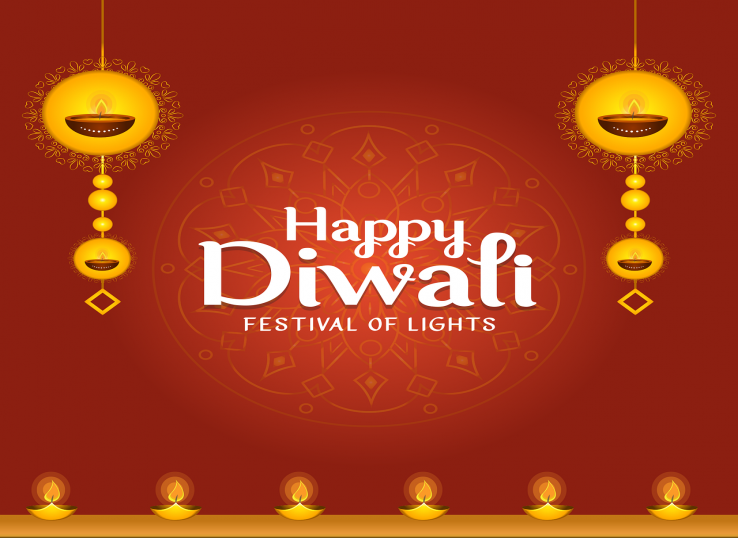
Diwali is known as the festival of lights. It is celebrated on the day of Kartik Amavasya. Even though Diwali is mainly a Hindu festival, the day marks different events in different communities. Everywhere, it represents the victory of good over evil. Every year, Diwali is observed in October or November. This blog gives you information about the various scenarios and why Diwali is celebrated.
1. Return of Lord Ram to Ayodhya
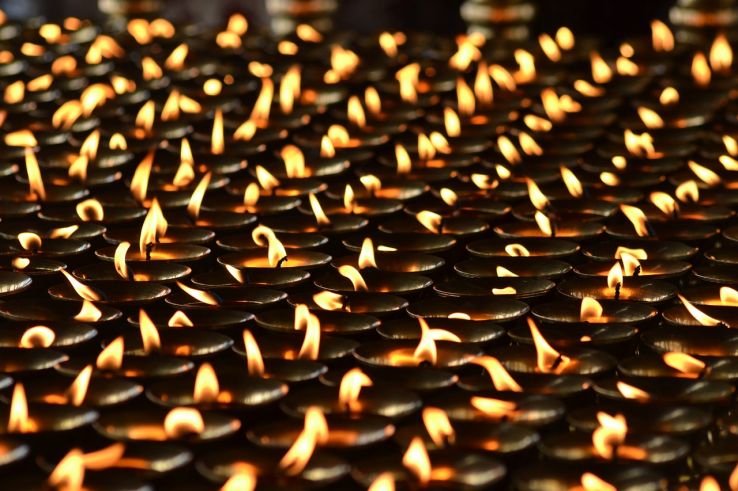
On the day of Diwali, Lord Rama returned to Ayodhya after his victory over Ravana. As per the Ramayana, Rama, Sita and Laxmana returned to Ayodhya after fourteen years. Rama conquered Ravana and rescued Sita from the kingdom of Lanka, showcasing the victory of good over evil. Ayodhya people welcomed Rama with the lighting of diyas, representing the conquest of good over evil. This is a central theme of Diwali.
2. Kali Puja
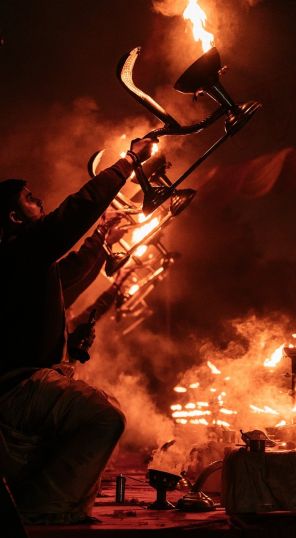
In the Kalikula group of Shaktism, Diwali is celebrated as the personification of Kamalatmika, the final appearance of Mahakali. In Maharashtra, Kali Puja is observed in West Bengal, Mithila, Odisha, Sylhet, Chittagong, and Titwala.
3. Diwali is celebrated as the New Year
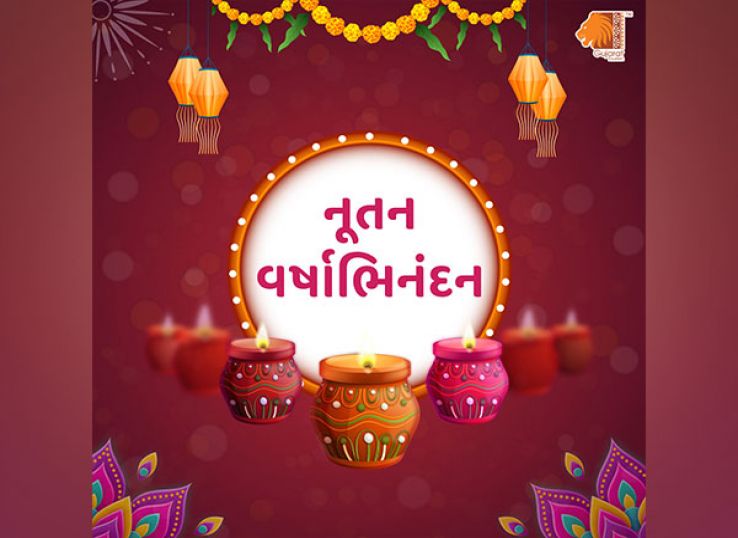
Diwali also indicates the commencement of the New Year in Gujarat and some Northern Hindu communities in India. Diwali marks new beginnings and the escorting of positive energies for the coming years.
4. Return of Pandavas to Hastinapur
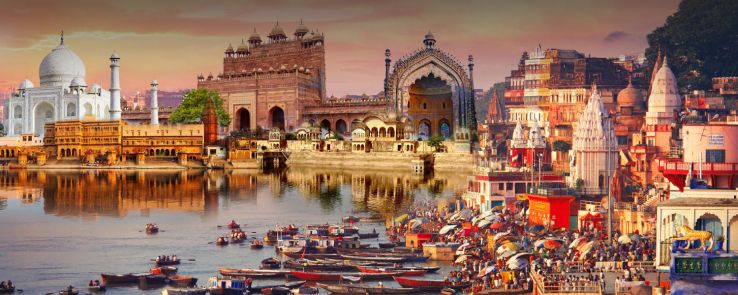
Diwali also marks the return of the Pandavas to Hastinapur. As stated by the Mahabharata, the Pandavas went into exile for 12 years because of a rigged gambling match, completed their exile, and returned to Hastinapur on Kartik Amavasya. This symbolizes the triumph of virtue over deceit and restoring the legal heirs to their kingdom. Diwali commemorates the Pandavas' return and suggests the victory of righteousness.
5. Rebirth of Goddess Lakshmi
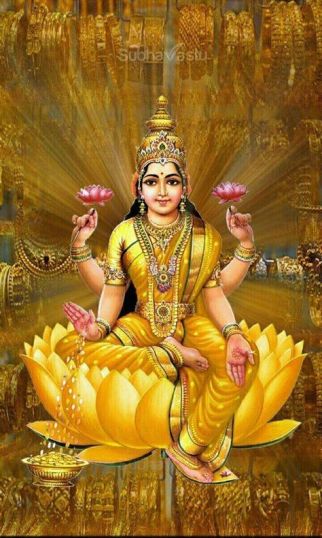
Diwali also remembers the rebirth of Goddess Lakshmi. According to Hindu mythology, Goddess Lakshmi emerged from the Milky Ocean during the Samudra Manthan. It is believed that Lakshmi chose Vishnu as her husband on Diwali and married him. This union represents the infusion of wealth and fortune into the world. Diwali celebrations include worshipping Lakshmi to seek her blessings.
6. End of the Harvest Season
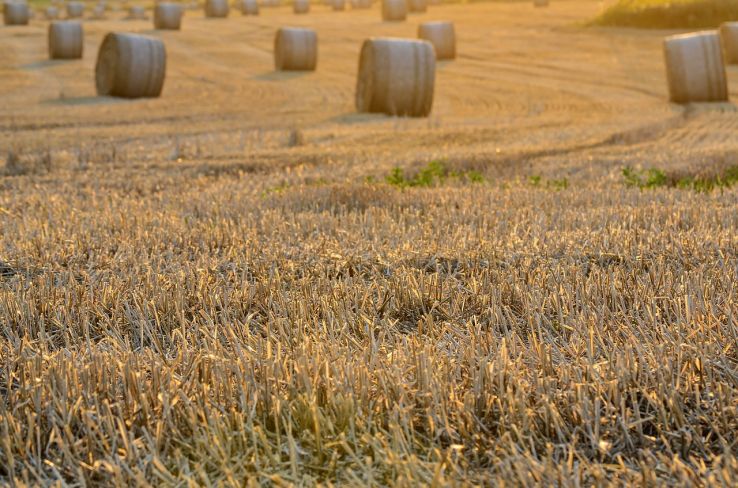
Diwali is also the festival of the harvest festival. It represents the culmination of the agricultural season and marks the last harvest before the start of the winter season. It is a time of thanking the almighty for the abundance of the harvest and a celebration of plenty.
7. Bandi Chhor Diwas
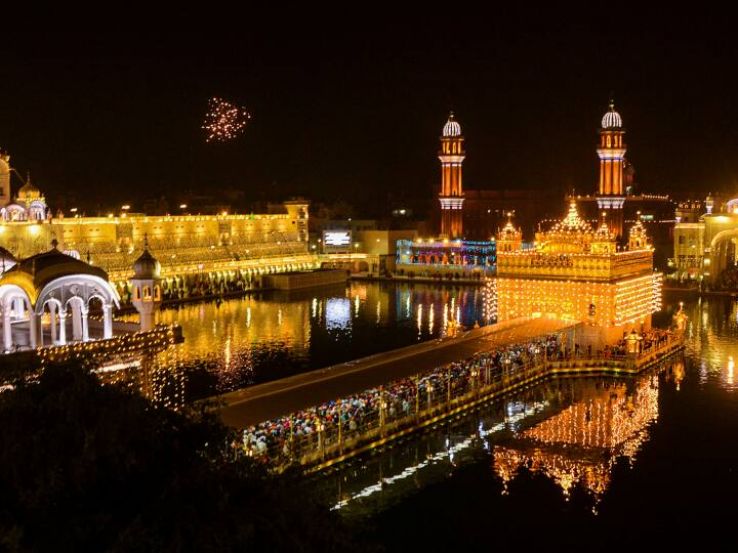
Diwali is also celebrated as Bandi Chhor Diwas in Sikhism, honouring a historical event. On this day, Guru Hargobind, the 6th Sikh Guru, accompanied by 52 other Hindu Kings, was released from captivity by the Mughal emperor Jahangir. This marked not just Guru Hargobind's freedom but also the freedom of numerous other prisoners. Bandi Chhor Diwas is observed as a joyous day in Sikhism, highlighting justice, liberty, and the triumph of virtue over oppression.
8. Lord Krishna killed Narakasura
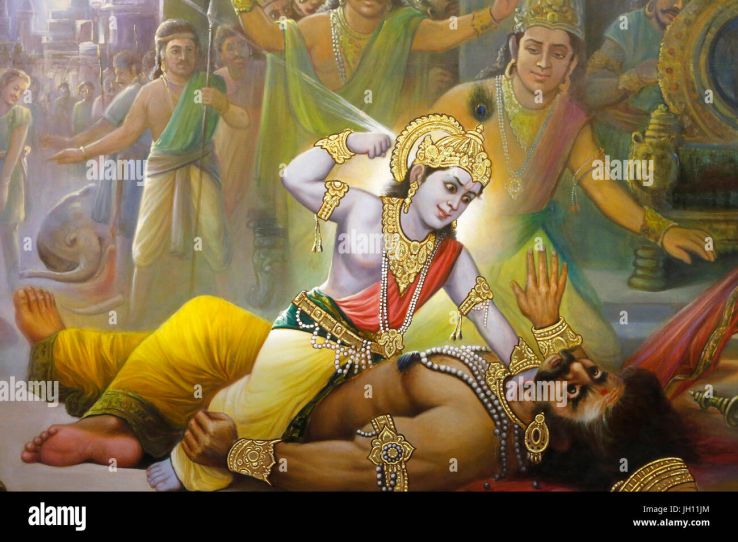
Diwali marks the triumph of virtue over evil. The reason behind this occasion is the mythical event of Lord Krishna's victory over Narakasura. Narakasura was a demon king who imprisoned 16,000 girls. Krishna fought a tight battle with Narakasura and eventually defeated him, liberating the imprisoned girls. This day is celebrated as Narak Chaturdashi.
9. Mahavir Nirvana Diwas
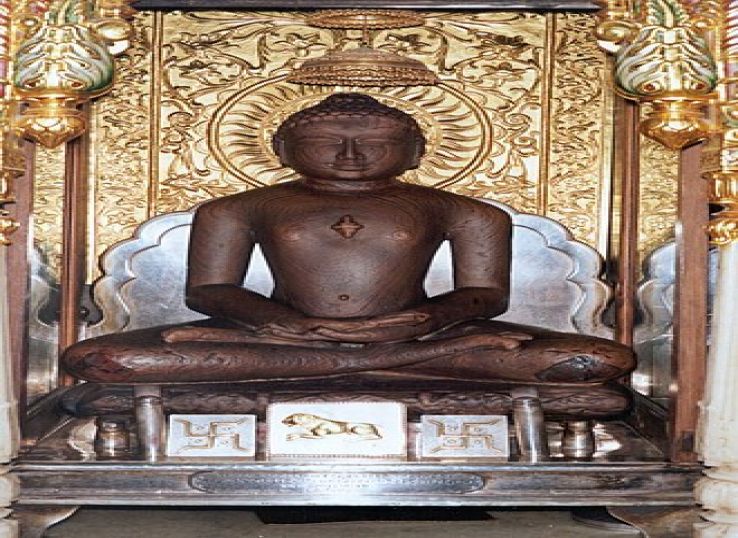
In Jainism, Diwali remembers the Nirvana liberation of Lord Mahavir, the last Tirthankara of the present cosmic age. It is a day to imitate mystical teachings and the accomplishment of moksha.
10. Vishnu rescued Goddess Lakshmi
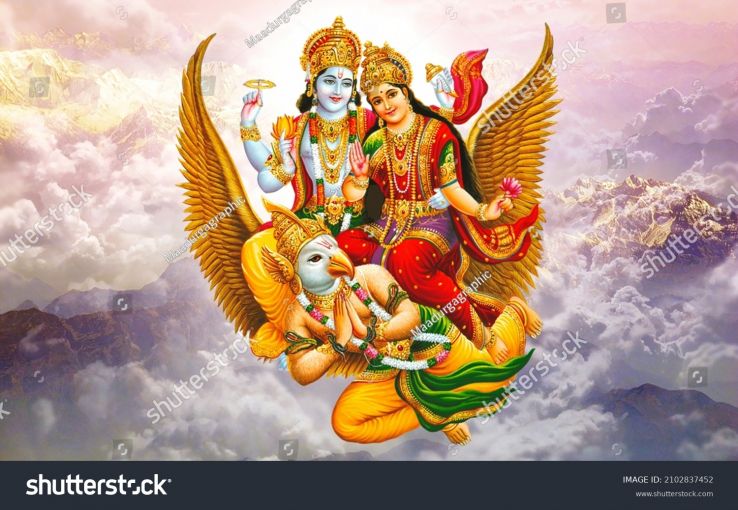
On Diwali, Lord Vishnu rescued Goddess Lakshmi from King Bali's prison. King Bali was exiled to the netherworld, symbolizing the victory of virtue and the refurbishment of cosmic balance.
Recommended For You
-
 Best Places to Stay During Kumbh 2025: From Tents to Luxury Hotels
Best Places to Stay During Kumbh 2025: From Tents to Luxury Hotels
-
 The Ultimate Guide to Maha Kumbh Mela 2025 at Prayagraj
The Ultimate Guide to Maha Kumbh Mela 2025 at Prayagraj
-
 Understanding the Importance of the Sangam: The Confluence of Faith
Understanding the Importance of the Sangam: The Confluence of Faith
-
 The History and Mythology of Kumbh Mela: A Journey Through Time
The History and Mythology of Kumbh Mela: A Journey Through Time
-
 Best Places to Eat in Goa: Indulge in a Culinary Delight
Best Places to Eat in Goa: Indulge in a Culinary Delight
-
 The Future of Drone Tourism: How Drones are Changing the Travel Industry
The Future of Drone Tourism: How Drones are Changing the Travel Industry
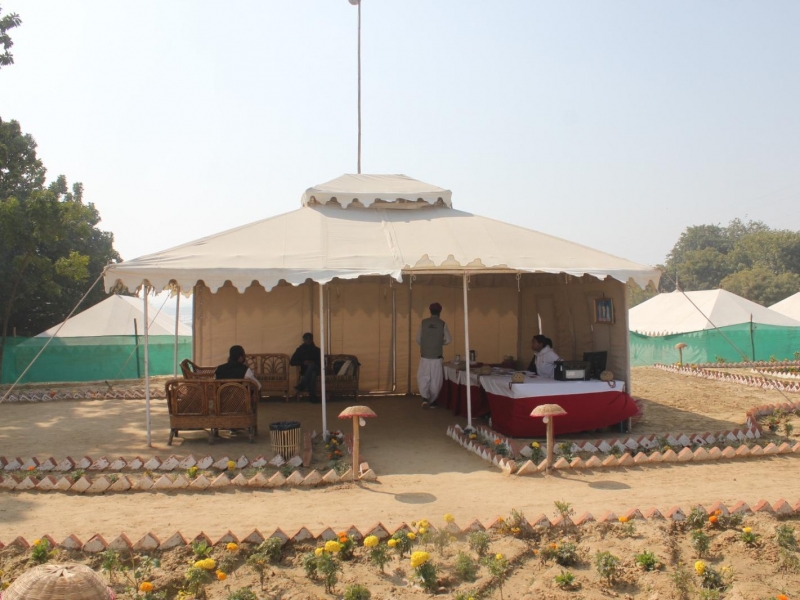
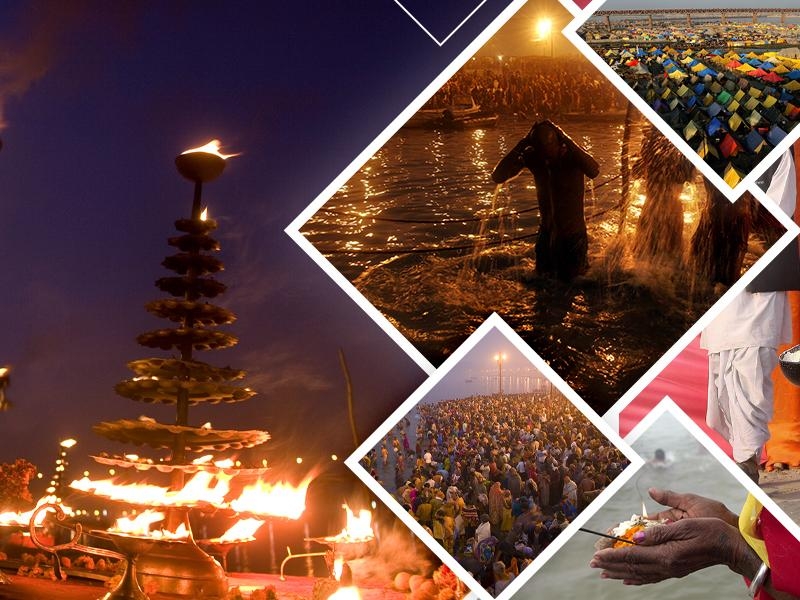
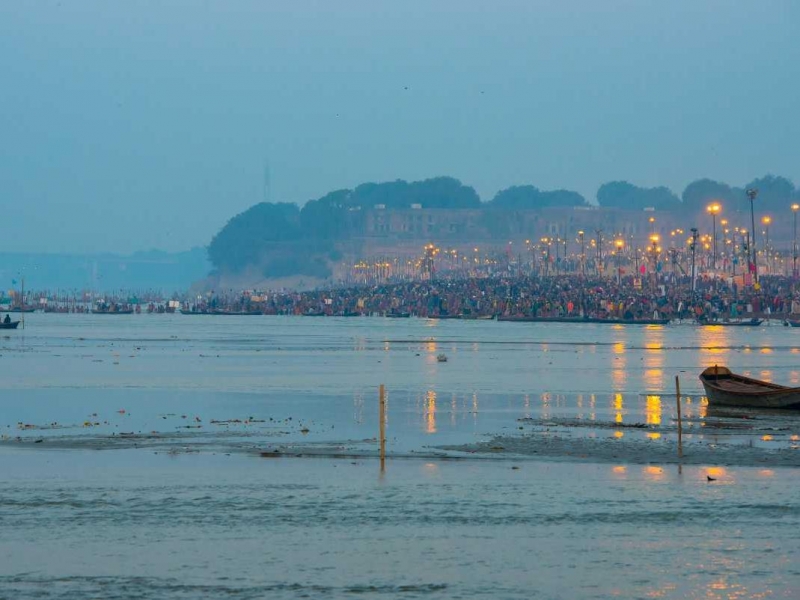
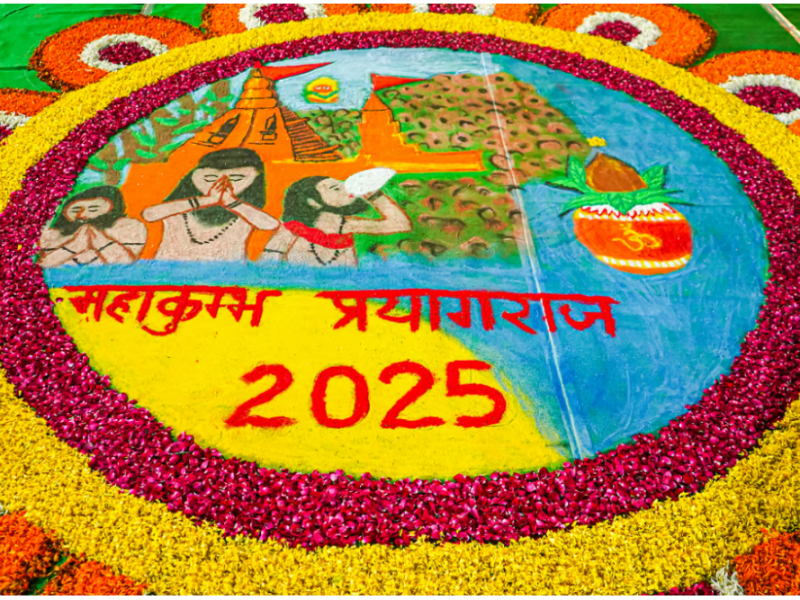


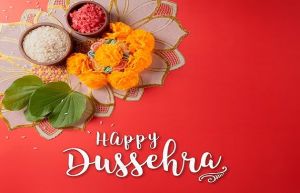
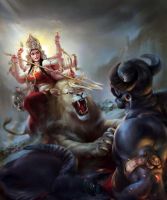

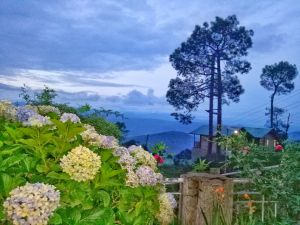


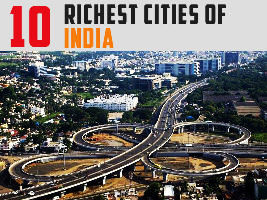



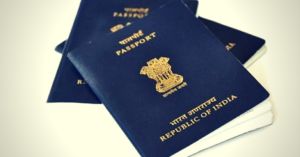


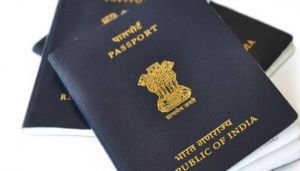




Author Bio